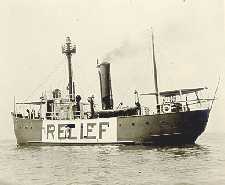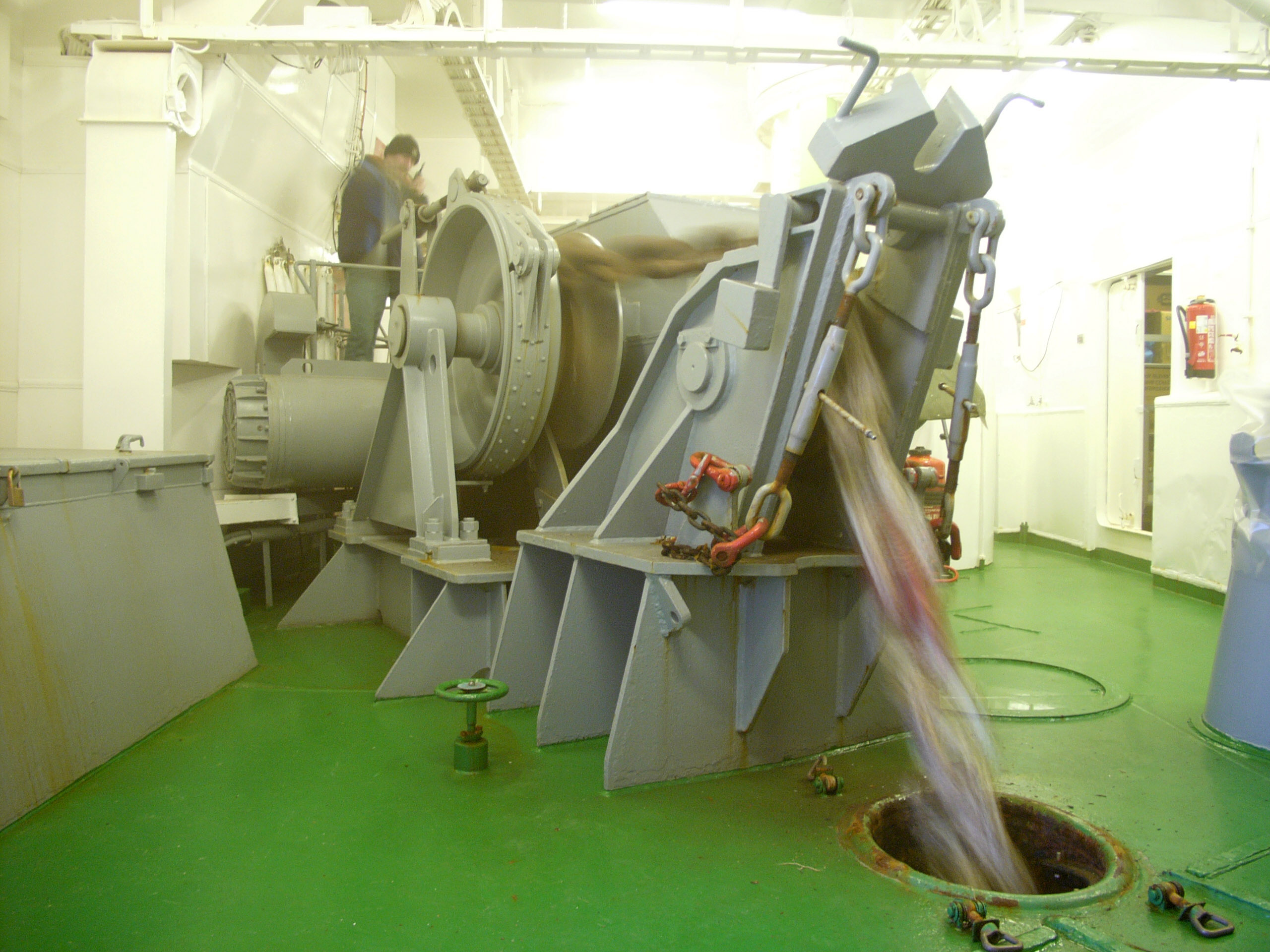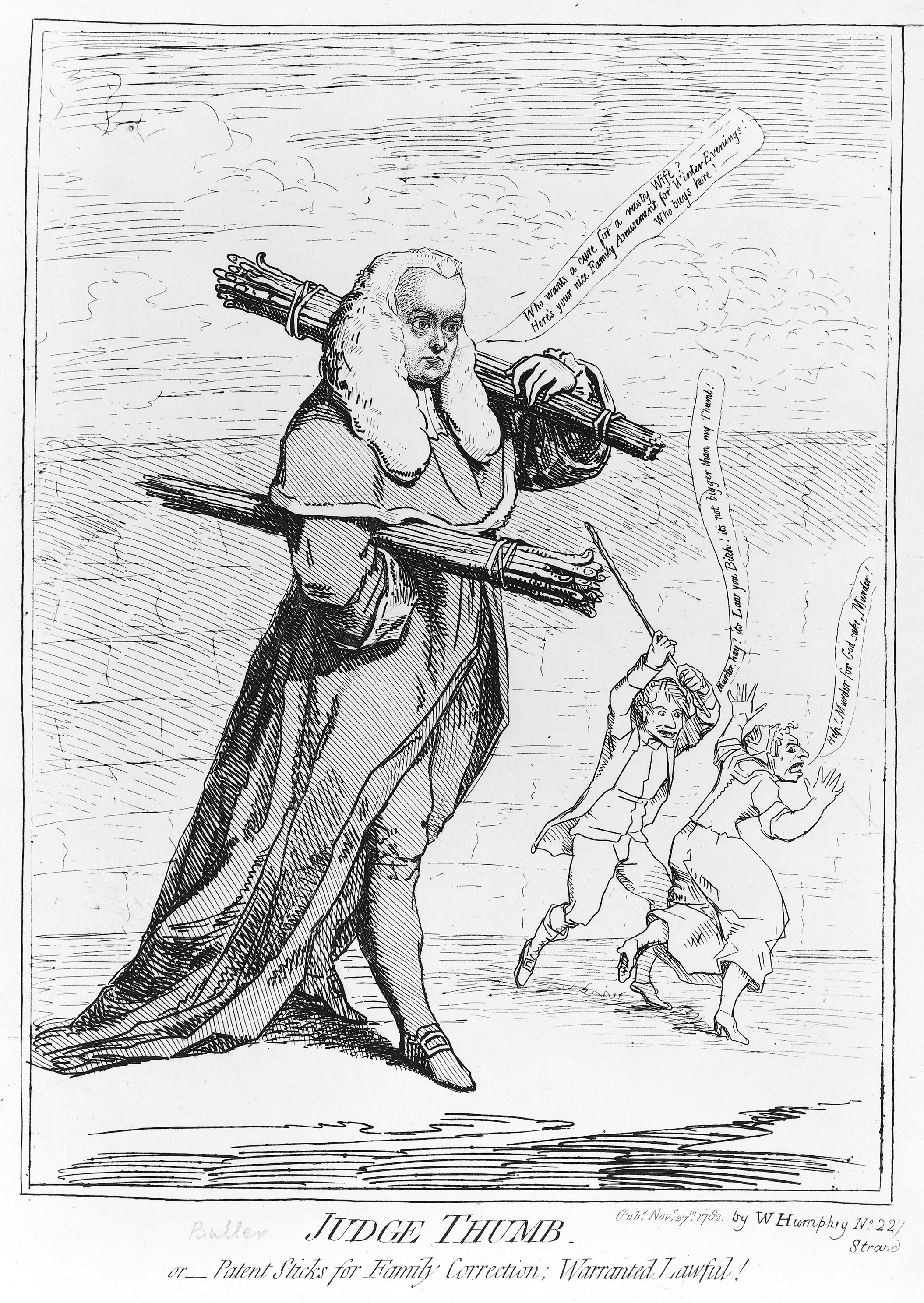|
Lightvessels
A lightvessel, or lightship, is a ship that acts as a lighthouse. It is used in waters that are too deep or otherwise unsuitable for lighthouse construction. Although some records exist of fire beacons being placed on ships in Roman times, the first modern lightship was located off the Nore sandbank at the mouth of the River Thames in London, England, by its inventor Robert Hamblin in 1734. Lightships have since been rendered obsolete by advancing lighthouse construction techniques, and by large automated navigation buoys. Construction The most important element of lightship design is a tall mast upon which to mount the light. Initially, these lights consisted of oil lamps that were run up the mast and could be lowered for servicing, while later vessels carried fixed lamps which were serviced in place. As they became available, Fresnel lenses were used, and many vessels housed them in smaller versions of lighthouse lanterns. Some lightships had two masts, with the second ... [...More Info...] [...Related Items...] OR: [Wikipedia] [Google] [Baidu] |
Trinity House
The Corporation of Trinity House of Deptford Strond, also known as Trinity House (and formally as The Master, Wardens and Assistants of the Guild Fraternity or Brotherhood of the most glorious and undivided Trinity and of St Clement in the Parish of Deptford Strond in the County of Kent), is the official authority for lighthouses in England, Wales, the Channel Islands and Gibraltar. Trinity House is also responsible for the provision and maintenance of other navigational aids, such as lightvessels, buoys, and maritime radio/satellite communication systems. It is also an official deep sea pilotage authority, providing expert navigators for ships trading in Northern European waters. Trinity House is also a maritime charity, disbursing funds for the welfare of retired seamen, the training of young cadets and the promotion of safety at sea. For the financial year ending in March 2024, it spent approximately £12.3million in furtherance of its charitable objectives. Funding ... [...More Info...] [...Related Items...] OR: [Wikipedia] [Google] [Baidu] |
Huron Lightship
The United States lightship ''Huron'' (LV-103) is a lightvessel that was launched in 1920. She is now a museum ship moored in Pine Grove Park, Port Huron, St. Clair County, Michigan. Great Lakes lightships ''Huron'' is one of many lightvessels that were moored on the waters of the Great Lakes. In 1832 the first lightship on the Great Lakes was placed at Waugoshance Shoal. That wooden light ship was the ''Lois McLain''. In 1851 she was replaced by the Waugoshance Light, which is at one of the most hazardous areas near the Straits of Mackinac, Michigan. In Lake Huron, ''Huron'' was the third ship to be placed at Corsica Shoals, a station established in 1893, replacing a gas buoy that was "somewhat ineffective". Three vessels bore the designation of ''Huron'' Lightship' from 1893 to 1970. The first was ''Lightship No. 61'', a wooden-hulled ship, painted red with white lettering saying "Corsica Shoals" on her sides. ''Lightship No. 61'' served from September 1893 until 1921. She ... [...More Info...] [...Related Items...] OR: [Wikipedia] [Google] [Baidu] |
Lighthouse
A lighthouse is a tower, building, or other type of physical structure designed to emit light from a system of lamps and lens (optics), lenses and to serve as a beacon for navigational aid for maritime pilots at sea or on inland waterways. Lighthouses mark dangerous coastlines, hazardous shoals, reefs, rocks, and safe entries to harbors; they also assist in aerial navigation. Once widely used, the number of operational lighthouses has declined due to the expense of maintenance and the advent of much cheaper, more sophisticated, and more effective electronic navigational systems. History Ancient lighthouses Before the development of clearly defined ports, mariners were guided by fires built on hilltops. Since elevating the fire would improve visibility, placing the fire on a platform became a practice that led to the development of the lighthouse. In antiquity, the lighthouse functioned more as an entrance marker to ports than as a warning signal for reefs and promontory, prom ... [...More Info...] [...Related Items...] OR: [Wikipedia] [Google] [Baidu] |
Chain
A chain is a serial assembly of connected pieces, called links, typically made of metal, with an overall character similar to that of a rope in that it is flexible and curved in compression but linear, rigid, and load-bearing in tension. A chain may consist of two or more links. Chains can be classified by their design, which can be dictated by their use: * Those designed for lifting, such as when used with a hoist; for pulling; or for securing, such as with a bicycle lock, have links that are torus-shaped, which make the chain flexible in two dimensions (the fixed third dimension being a chain's length). Small chains serving as jewellery are a mostly decorative analogue of such types. * Those designed for transferring power in machines have links designed to mesh with the teeth of the sprockets of the machine, and are flexible in only one dimension. They are known as roller chains, though there are also non-roller chains such as block chains. Two distinct chains can be ... [...More Info...] [...Related Items...] OR: [Wikipedia] [Google] [Baidu] |
Anchor
An anchor is a device, normally made of metal, used to secure a vessel to the bed of a body of water to prevent the craft from drifting due to wind or current. The word derives from Latin ', which itself comes from the Greek (). Anchors can either be temporary or permanent. Permanent anchors are used in the creation of a mooring, and are rarely moved; a specialist service is normally needed to move or maintain them. Vessels carry one or more temporary anchors, which may be of different designs and weights. A sea anchor is a drag device, not in contact with the seabed, used to minimize drift of a vessel relative to the water. A drogue is a drag device used to slow or help steer a vessel running before a storm in a following or overtaking sea, or when crossing a bar in a breaking sea. Anchoring Anchors achieve holding power either by "hooking" into the seabed, or weight, or a combination of the two. The weight of the anchor chain can be more than that of ... [...More Info...] [...Related Items...] OR: [Wikipedia] [Google] [Baidu] |
Pharos
The Lighthouse of Alexandria, sometimes called the Pharos of Alexandria, was a lighthouse built by the Ptolemaic Kingdom of Ancient Egypt, during the reign of Ptolemy II Philadelphus (280–247 BC). It has been estimated to have been at least in overall height. One of the Seven Wonders of the Ancient World, for many centuries it was one of the tallest man-made structures in the world. The lighthouse was severely damaged by three earthquakes between 956 and 1303 AD and became an abandoned ruin. It was the third-longest surviving ancient wonder, after the Mausoleum at Halicarnassus and the extant Great Pyramid of Giza, surviving in part until 1480, when the last of its remnant stones were used to build the Citadel of Qaitbay on the site. In 1994, a team of French archaeologists dived in the water of Alexandria's Eastern Harbour and discovered some remains of the lighthouse on the sea floor. In 2016, the Ministry of State of Antiquities in Egypt had plans to turn submerged ruin ... [...More Info...] [...Related Items...] OR: [Wikipedia] [Google] [Baidu] |
Inchcape
Inchcape or the Bell Rock is a reef about off the east coast of Angus, Scotland, near Dundee and Fife, occupied by the Bell Rock Lighthouse. The name ''Inchcape'' comes from the Scottish Gaelic ''Innis Sgeap'', meaning "beehive isle", probably comparing the shape of the reef to old-style skep beehives. According to legend, the alternative name Bell Rock derives from a 14th-century attempt by the Abbot of Arbroath to install a warning bell on the reef; the bell was removed by a Dutch pirate who perished a year later on the rocks, a story that is immortalised in " The Inchcape Rock" (1802), a poem by Robert Southey. The main hazard the reef presents to shipping is that only a relatively small proportion of it is above water, but a large section of the surrounding area is extremely shallow and dangerous. HMS Argyll ran aground there in 1915. The rock was featured in a one-hour episode of the BBC's '' Seven Wonders of the Industrial World'', which told the story of the Bell Rock ... [...More Info...] [...Related Items...] OR: [Wikipedia] [Google] [Baidu] |
Lightship Finngrundet
The Lightship Finngrundet is a lightvessel built in 1903 and now a museum ship moored in Stockholm, Sweden. History She was the second Finngrundet lightvessel, built in Gävle, Sweden in 1903 and replacing one dating from 1859. She was stationed on the Finngrund banks in the Baltic Sea northeast of Gävle during the ice-free part of the year. She was extensively modified in a refit in 1927 at Öregrunds Ship och Varvs AB, the original paraffin light being replaced with an AGA beacon. The fog bell was augmented with a "nautophone" fog signal and an underwater fog signal. Further modifications carried out in 1940 included the addition of wireless communication along with equipment for her to function as a weather station, and the electrification of her light. Her final refit was in 1957 when the deckhouse and crew space were modified. The optics were built by G.W. Lyth of Stockholm. They are mounted 11.5 metres above sea level and had a range of around . Two flashes were prod ... [...More Info...] [...Related Items...] OR: [Wikipedia] [Google] [Baidu] |
Rule Of Thumb
In English language, English, the phrase ''rule of thumb'' refers to an approximate method for doing something, based on practical experience rather than theory. This usage of the phrase can be traced back to the 17th century and has been associated with various Trade (occupation), trades where quantities were measured by comparison to the width or length of a thumb. An erroneous folk etymology began circulating in the 1970s falsely connecting the origins of the phrase "rule of thumb" to legal doctrine on Domestic violence, domestic abuse. The error appeared in a number of law journals, and the United States Commission on Civil Rights published a report on domestic abuse titled "Under the Rule of Thumb" in 1982. Some efforts were made to discourage the phrase, which was seen as taboo owing to this false origin. During the 1990s, several authors correctly identified the spurious folk etymology; however, the connection to domestic violence was still being cited in some legal sources ... [...More Info...] [...Related Items...] OR: [Wikipedia] [Google] [Baidu] |




